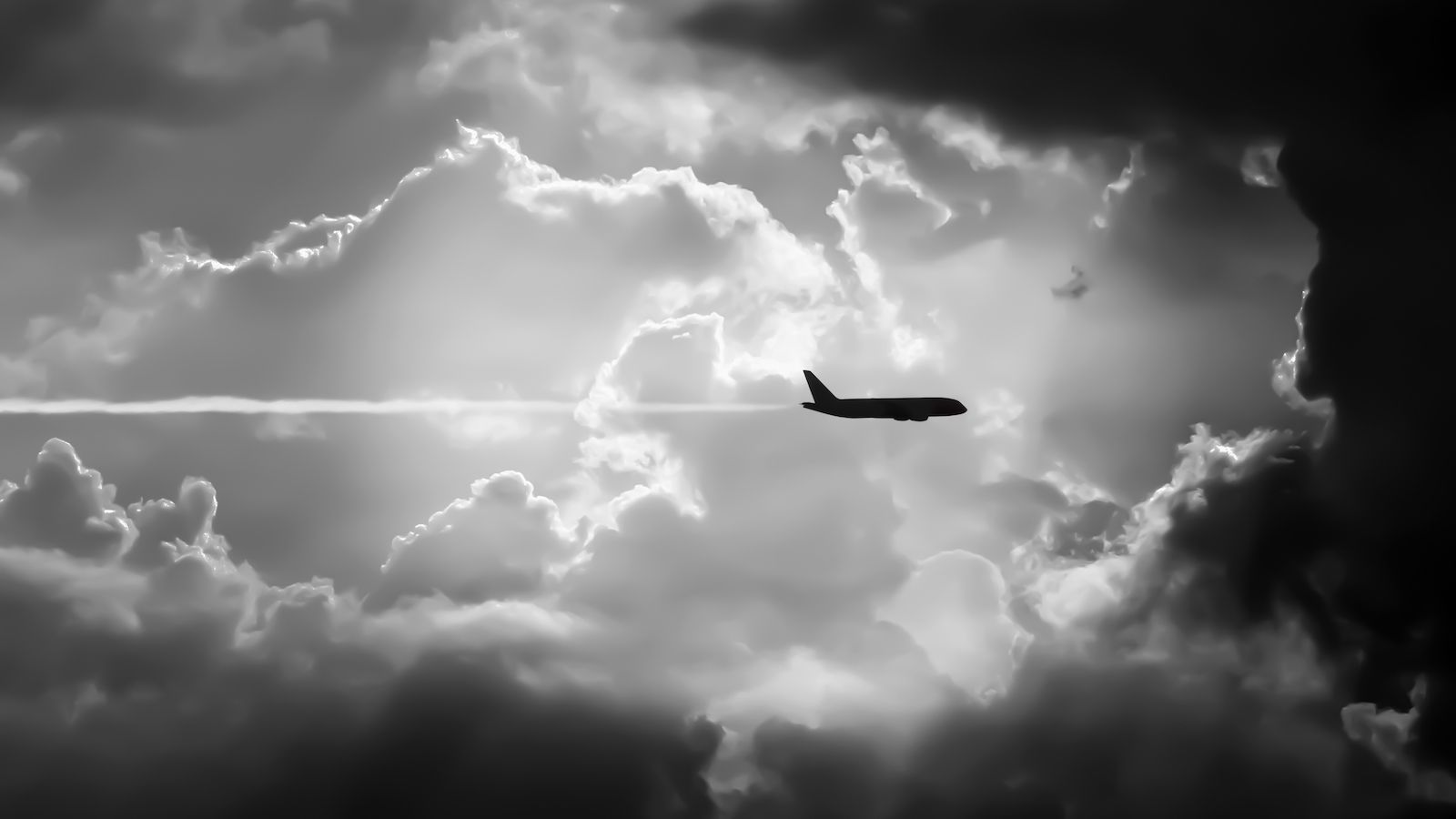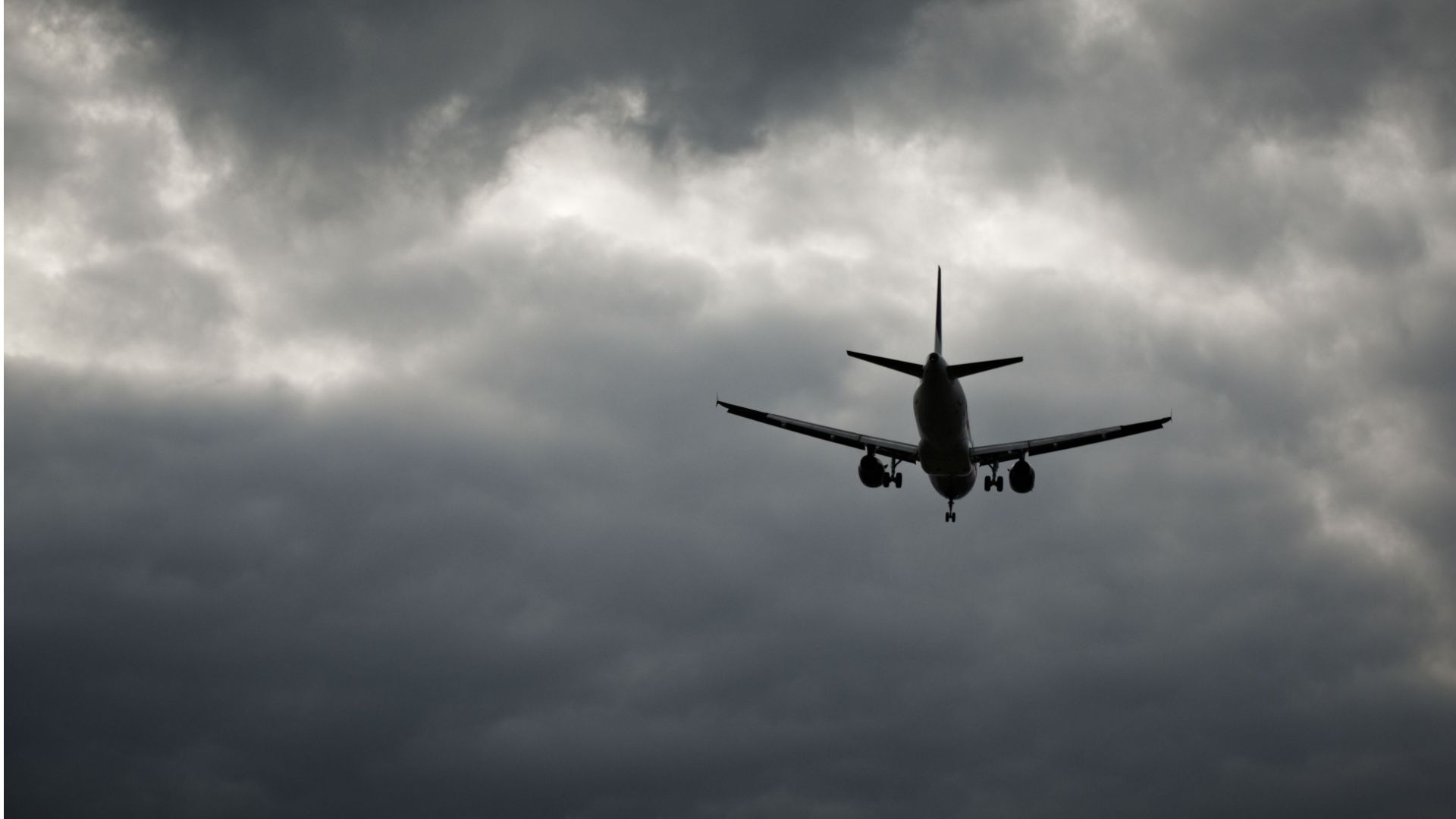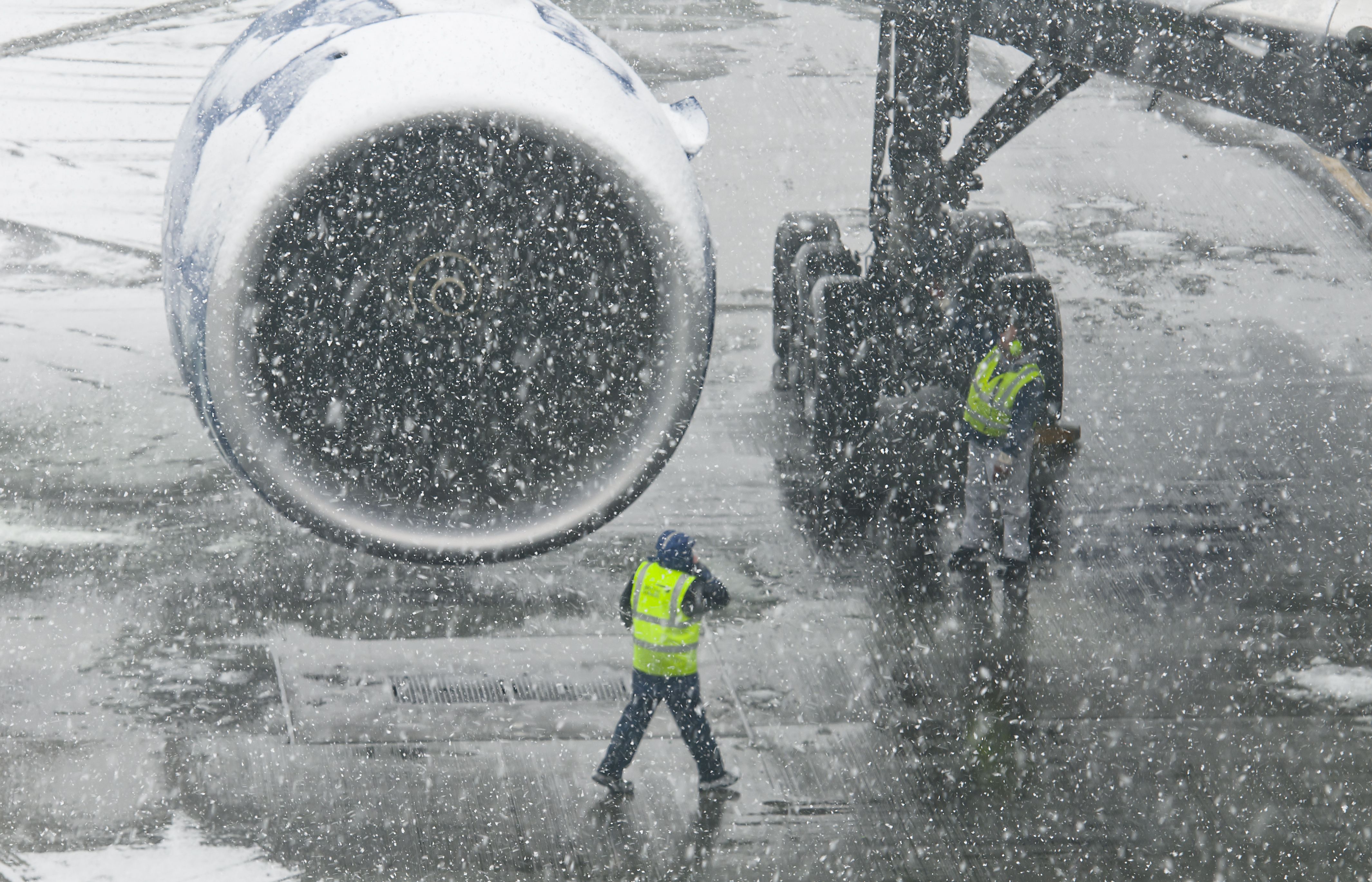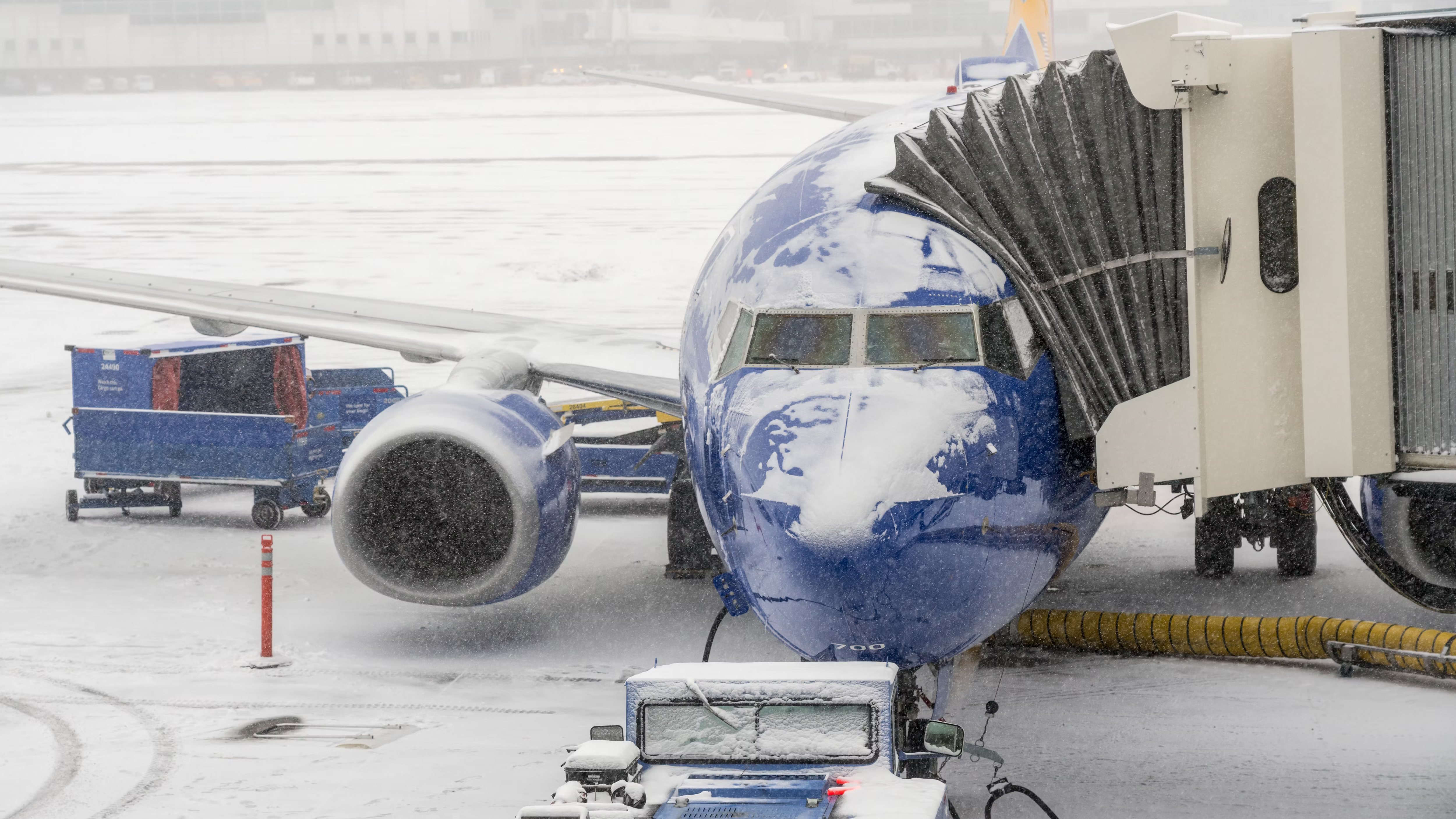Summary
- Aircraft are designed to fly through storms, but pilots are trained to avoid them to minimize risk to aircraft and passengers.
- Flight routes are planned in advance to avoid problem areas based on predicted weather movements.
- Avoiding storms makes the flight smoother for passengers, as strong winds can cause uncomfortable turbulence.
Modern aircraft are designed to withstand some of the harshest weather conditions during flights. Wind and thunderstorms, lightning strikes, and turbulent events are common occurrences for airliners. However, pilots are always instructed and trained to avoid storms to minimize the safety risk to the aircraft and its occupants.
This article provides several reasons why aircraft must always avoid severe weather patterns during flights and plan their flight path away or around inclement weather.
Avoiding the storm
Modern aircraft are designed to fly through storms and other adverse weather. Strong winds will not cause aircraft to fall from the sky, and heavy rain is not going to damage the fuselage. Lightning is not a serious problem either. In fact, according to the US National Weather Service, an aircraft in commercial service is hit by a bolt of lightning on average once or twice per year.
With a metal aircraft, the fuselage acts as a Faraday cage with the electricity carried through the exterior. With composite aircraft, conducting elements have been added to direct the current. Despite the limited chance of problems, aircraft will route to avoid storms - both mild and severe. It is also worth noting that avoiding it does not present much difficulty unless the storm is particularly large or unexpected.
Flight routes are planned in advance and will account for predicted weather movements. In this way, particular problem areas can be avoided, which will be factored into the route, flight time, and fuel requirements. Onboard aircraft systems will also help pilots avoid poor local weather.
Making the flight comfortable for passengers
A leading reason for avoiding storms is simply to make the flight smoother. Strong winds can seriously affect aircraft movement. Most of this is due to clear air turbulence caused by variations in wind velocity. This happens as the lift produced by the wings will increase and decrease with changes in wind speed or direction.
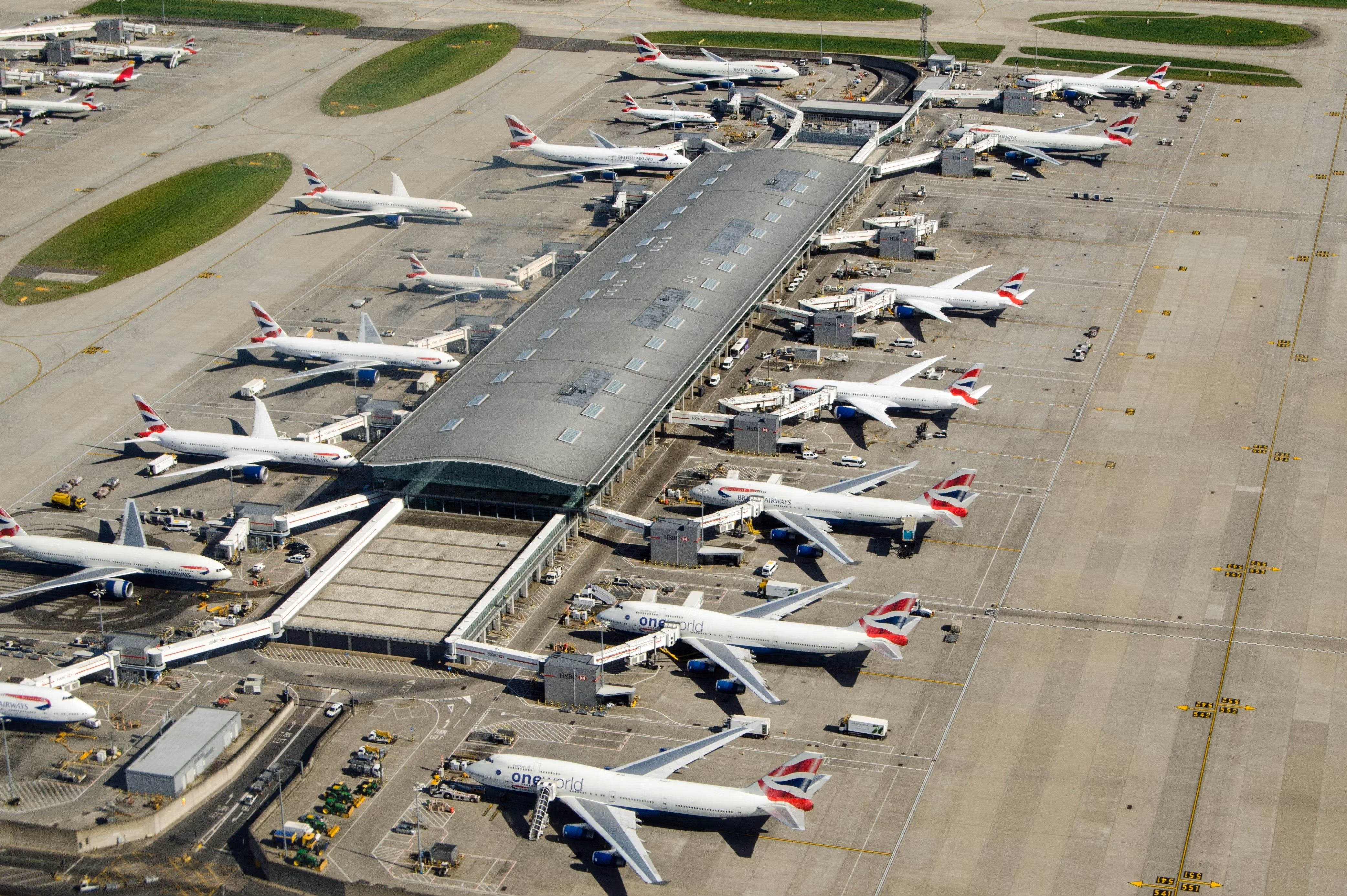
Severe Weather: Storm Isha Forces Flight Cancelations At Heathrow Airport
Major disruption was reported at several UK and Ireland airports over the weekend.When this happens slowly, there is minimal noticeable effect. But in stormy conditions, rapid changes in lift lead to uncomfortable turbulence. The wings are designed to flex to lessen the impact - but we all know that conditions can still be uncomfortable.
Safety considerations
Safety plays a part too. Firstly, although aircraft are designed to withstand storms, why take the chance? A short diversion or delay is much more sensitive than risking a potentially extreme storm. Some interesting discussion from pilots on Quora highlights this well.
They point out that thunderstorms can have updrafts exceeding 6000 feet per minute (compared to a standard climb rate of 2000 to 3000 feet per minute). Combined with potentially multiple lightning strikes, this could put the aircraft near its stress limits.
There are also ground safety concerns. Storm effects are more likely at lower altitudes and, of course, can severely affect take-off and landing. This is another reason why advance planning is essential - if storms are likely at the arrival airport, flights may be delayed or certainly planned with an extra likelihood of diversion.
There is plenty more to discuss storms, hurricanes, lightning, and adverse weather. What is the worst you have ever experienced in the air? Feel free to discuss this further in the comments.

